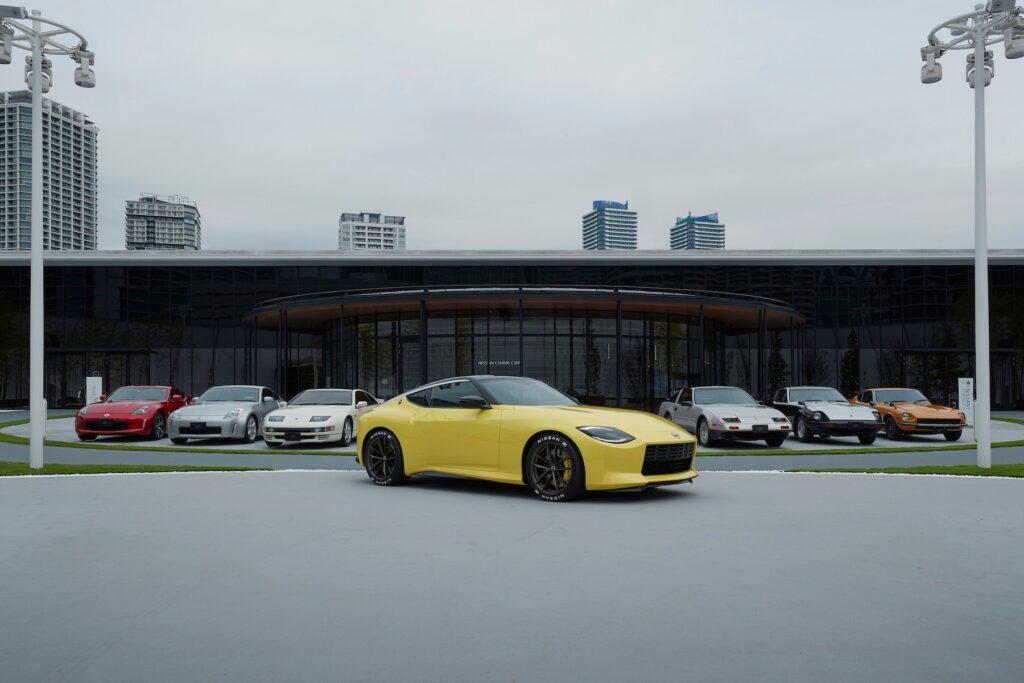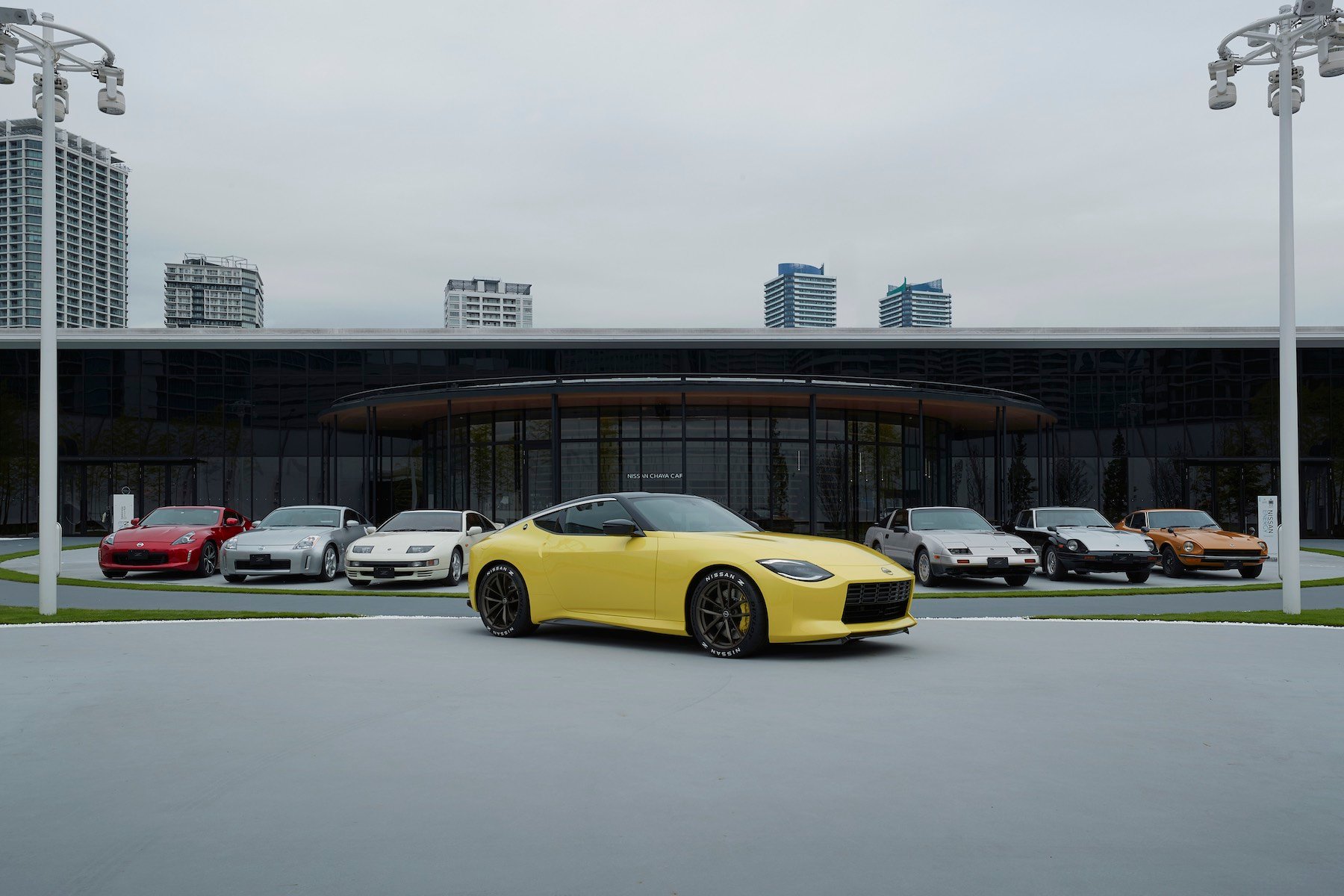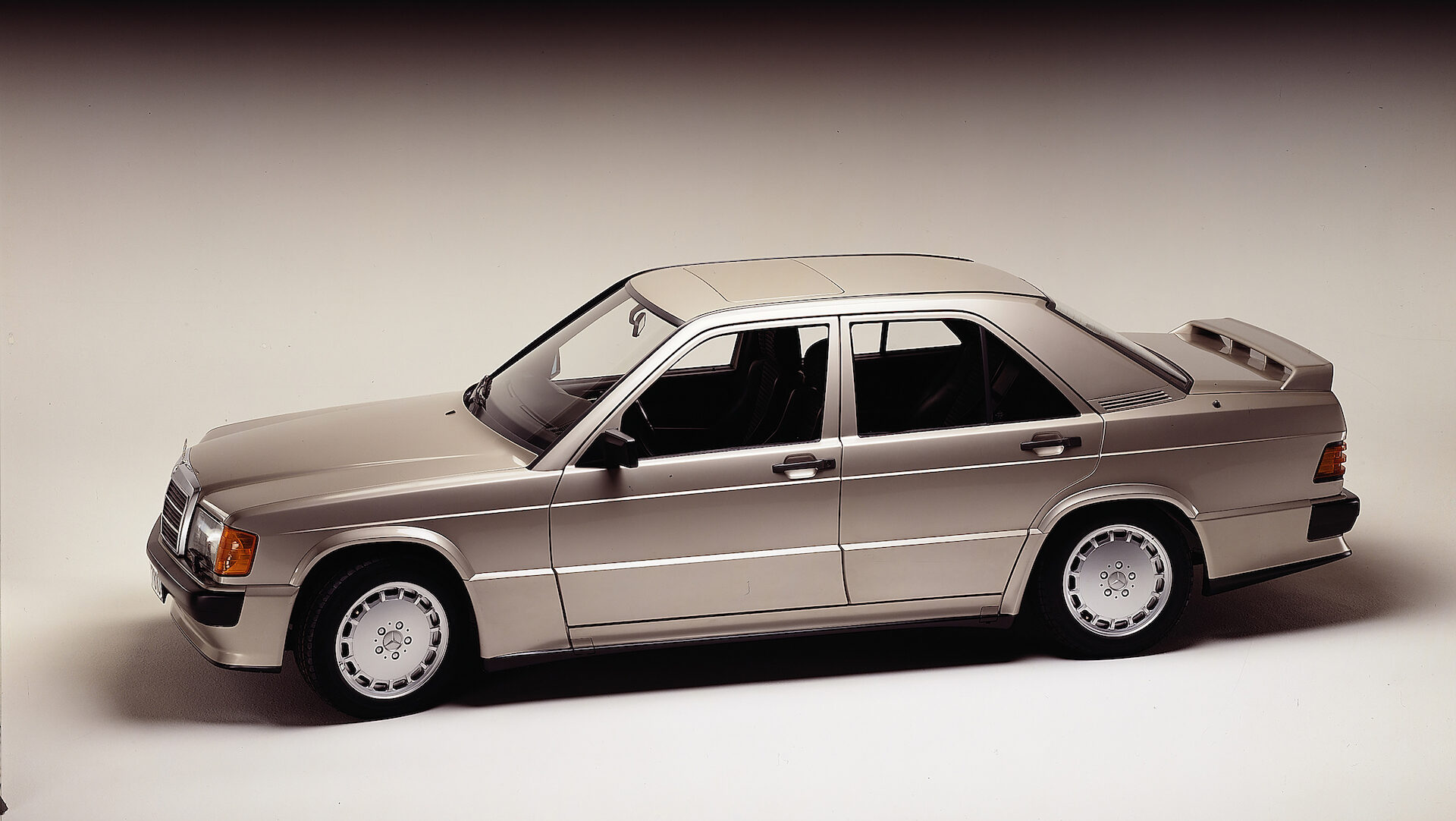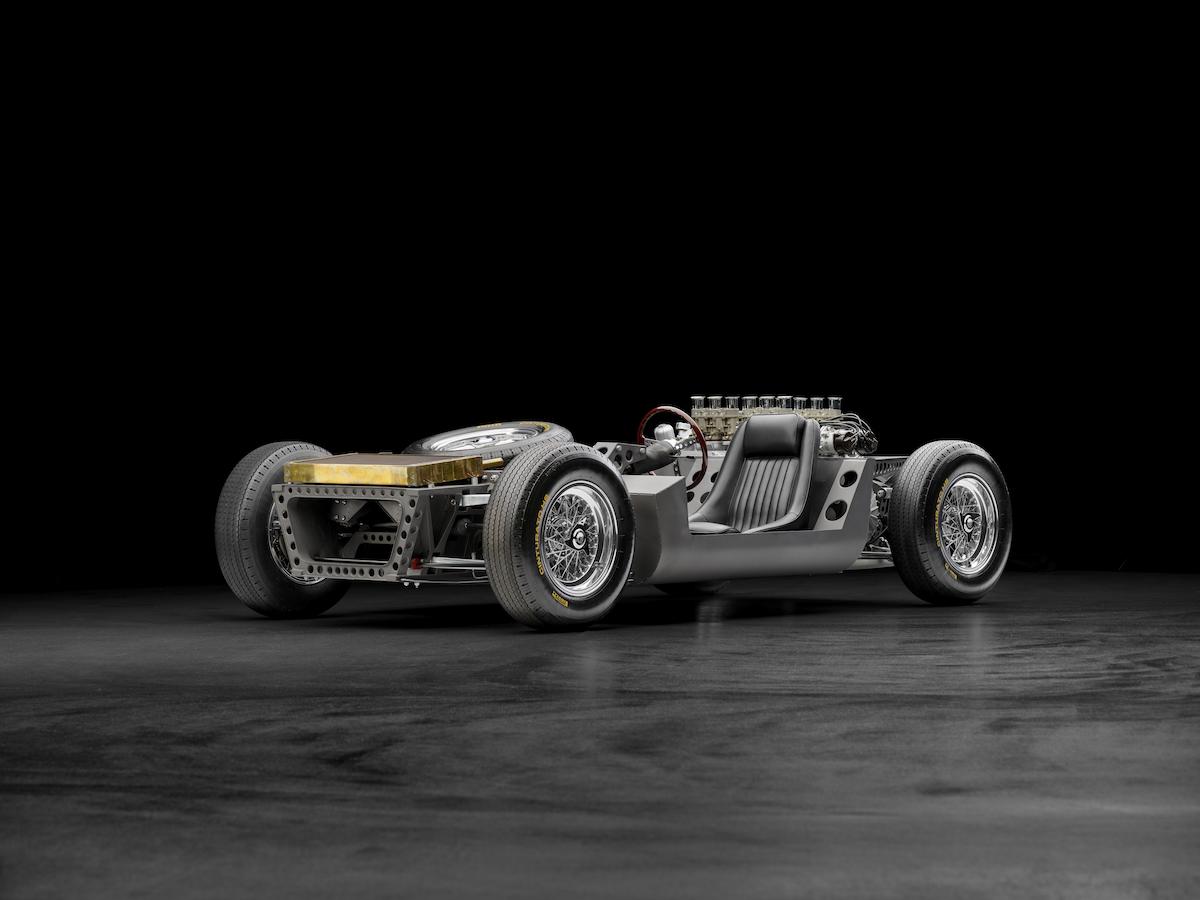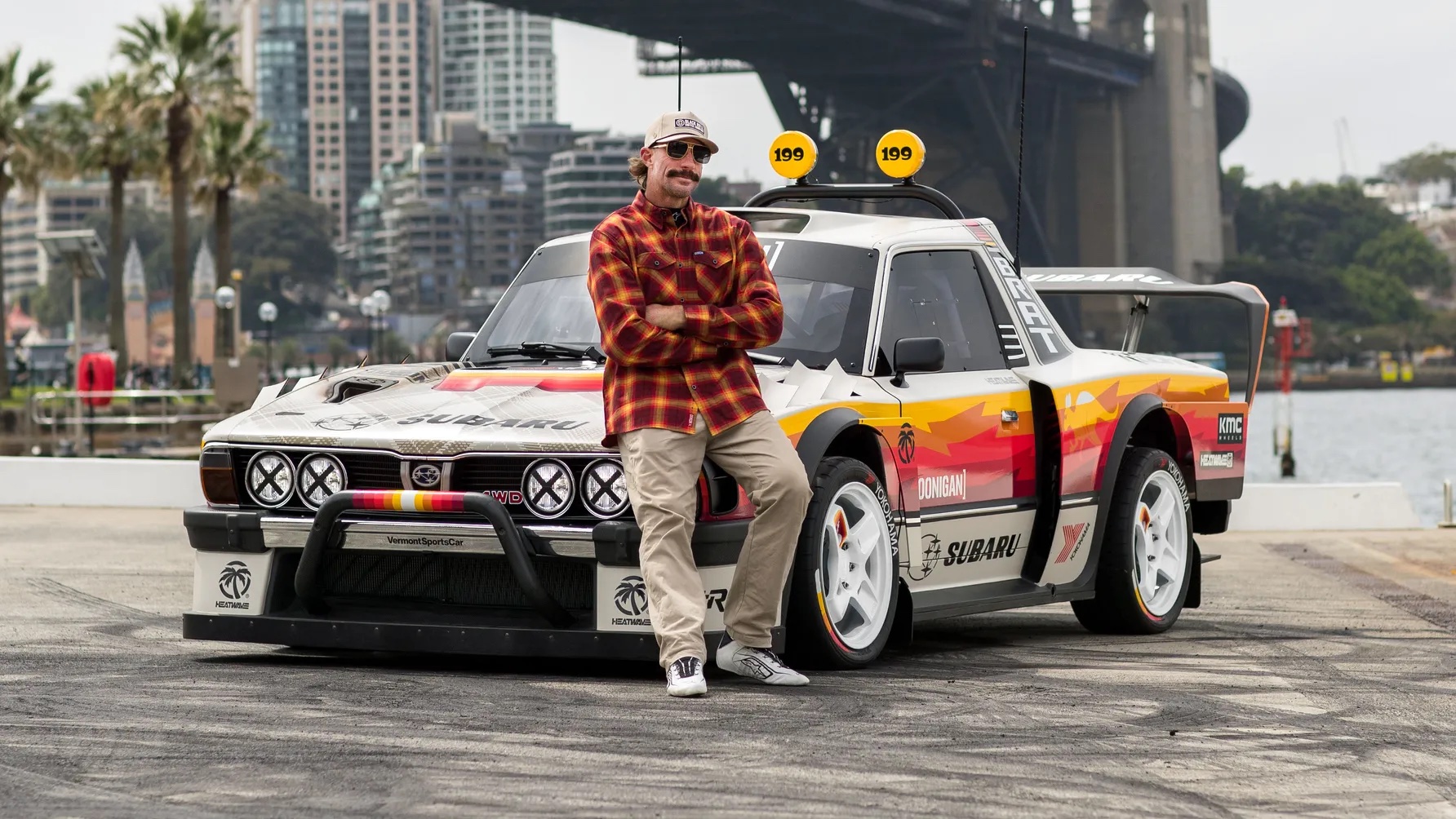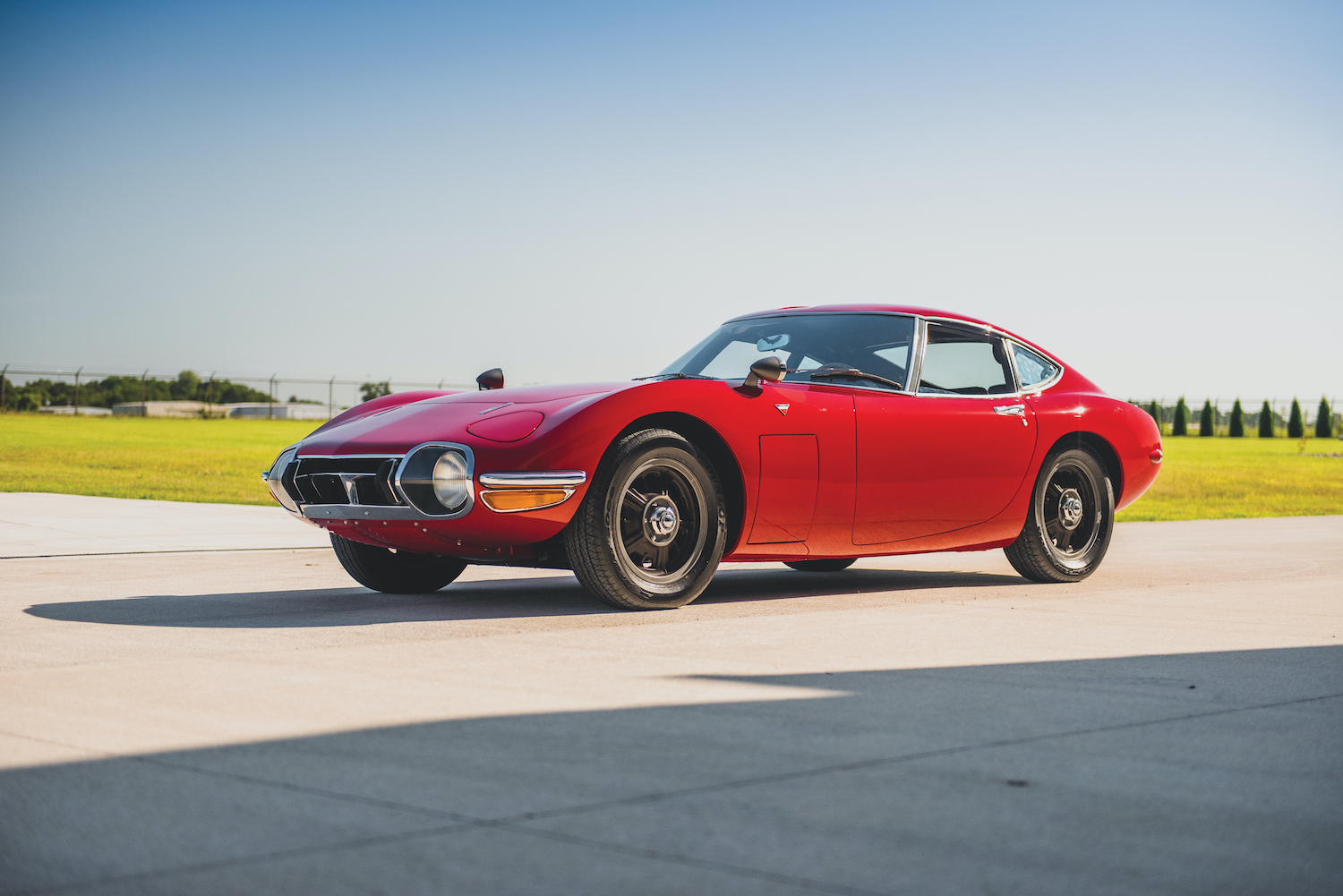Very few automotive manufacturers can boast the sports car lineage of Nissan’s Z. An icon for more than 50 years, the Z has been the first word in Japanese performance since 1969.
In mid-2022, Nissan launched the seventh-generation Z car in Australia, with the new model paying homage to its illustrious past, while celebrating its exciting future.
Nissan’s designers and engineers forged a fresh path with the new two-seater Z Coupe, but one which draws inspiration from the past. Like its predecessors, the new Z Coupe is a genuine driver’s car to its core, with Nissan describing it as a sports car designed and engineered for “Zenthusiasts”.
Powered by a thoroughly contemporary 3.0-litre, twin-turbocharged V6, driving the rear wheels via a six-speed manual transmission, the Z Coupe’s styling signals that this is unmistakably a front-engine, rear-drive performance car.
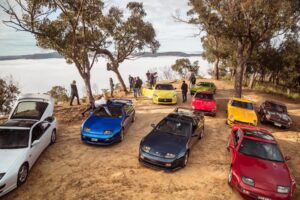
Nissan describes the current-gen Z as a sports car designed and engineered for “Zenthusiasts”
Among the new Z’s unique visual elements are the silver accent that enhances the car’s roofline, similar in shape to the katana, the traditional Japanese sword, while the rear light treatment is inspired by the mighty 300ZX.
With this new model, Nissan’s designers looked at the past 50 years of Z heritage for inspiration, adopting the familiar silhouette of the first-generation 240Z, with the rear section sitting lower than the front. The long nose and short deck, further emphasised by the sloping roof line, complete the iconic look.
The signature triangular quarter glass draws its inspiration directly from the first-generation Z, the same unique shape that was also used in the 370Z.
The Z’s bonnet adopts the raised bulge with sharp creases known as the ‘Z Bulge’ from the original Nissan Z vehicles, while the sharp rectangular design of the new grille references a shape like the original 240Z and the 350Z. Looking closer, the new Z’s grille is made up of elongated oval shapes that also pay homage to the Z32’s tail-lights.
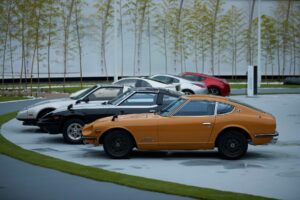
The silhouette and fascia are a nod to the original 240Z, while the rear styling draws upon the ’90s 300ZX
Nissan says the shape of the headlights was patterned from the scooped-out design of the first-generation Z, while elsewhere Nissan has reprised the ‘Z’ badge reminiscent of the first-generation Z, placing it in the same rear pillar position, beside the car’s rear quarter glass.
The rear styling of the new Z, with an illuminated, pill-shaped lamp design, was directly inspired by the Nissan 300ZX, while the blacked-out centre section spanning the rear is also a design theme from the original Z and the Nissan 300ZX.
Likewise, the functional ducktail rear spoiler was a popular tuner addition for first generation Zs, while the five-spoke alloy wheels are a homage to the four-spoke wheel design found on the first-generation Z, with thick spoke lines and the bolt holes recessed in the wheel’s negative space.
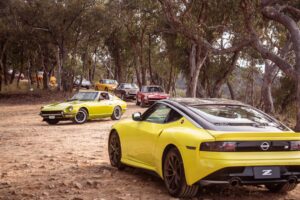
Few manufacturers can boast the 50-year lineage of Nissan’s sporty Z cars
Inside the driver-focused cockpit, Nissan says the dash layout was inspired by the simple, yet functional, horizontal design that characterised the original 240Z’s dash, while the well-defined centre console is common with all previous models and symbolises its FR sports car layout (rear-wheel drive with a front-mounted engine).
The triple gauges placed at the top centre of the dashboard have been a hallmark of many past Zs, serving as the most visual interior design element linking 50 years of Z heritage to this latest seventh-generation vehicle.
The central air vents are angled in the opposite direction of the bottom portion of the dash, in what designers’ dub “reverse slant”, a technique also used for the first-generation Z cars.

